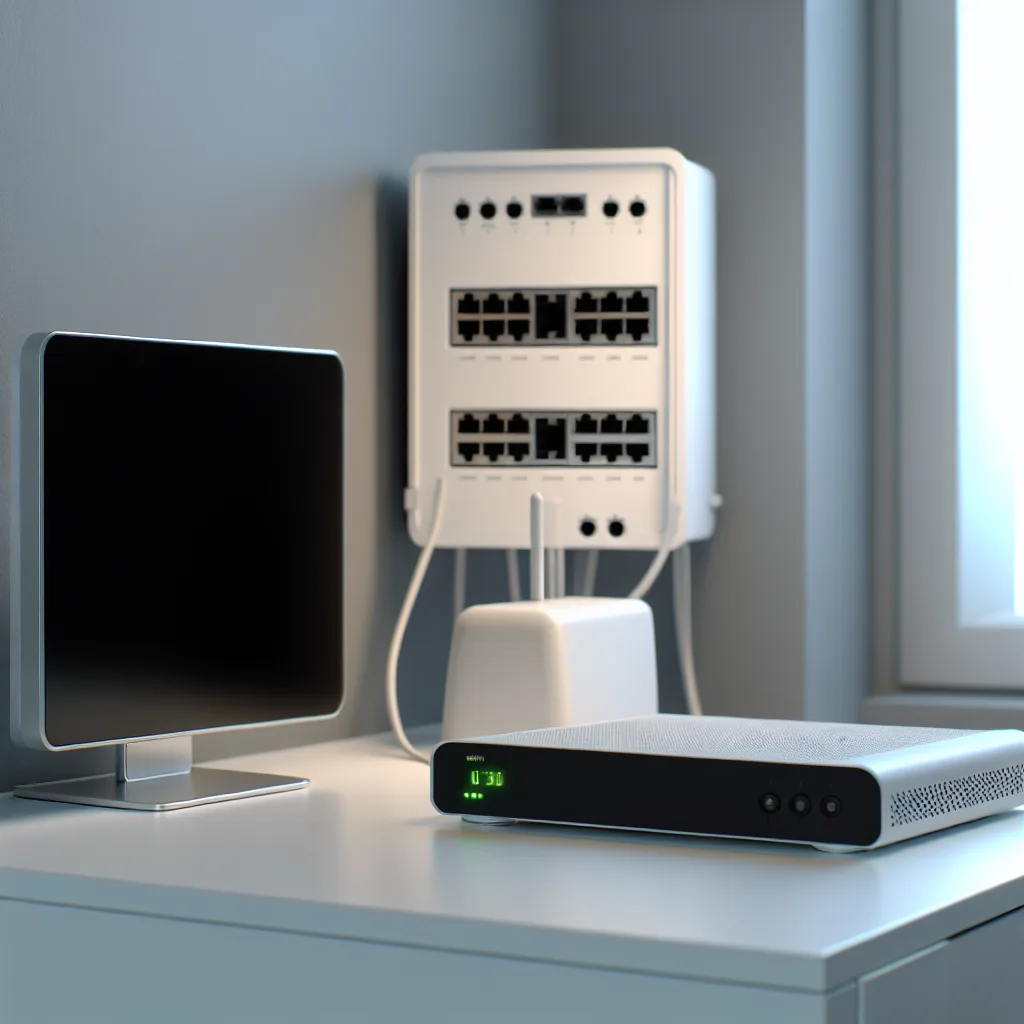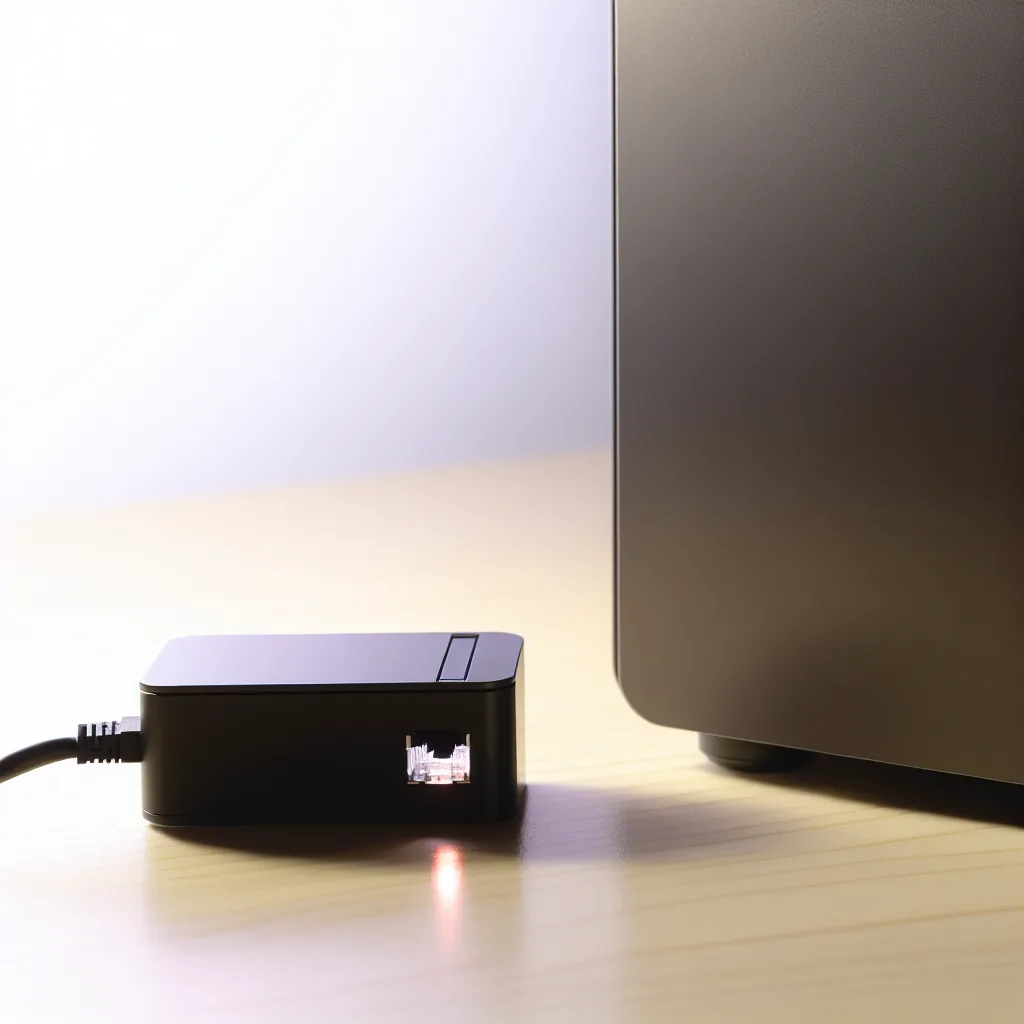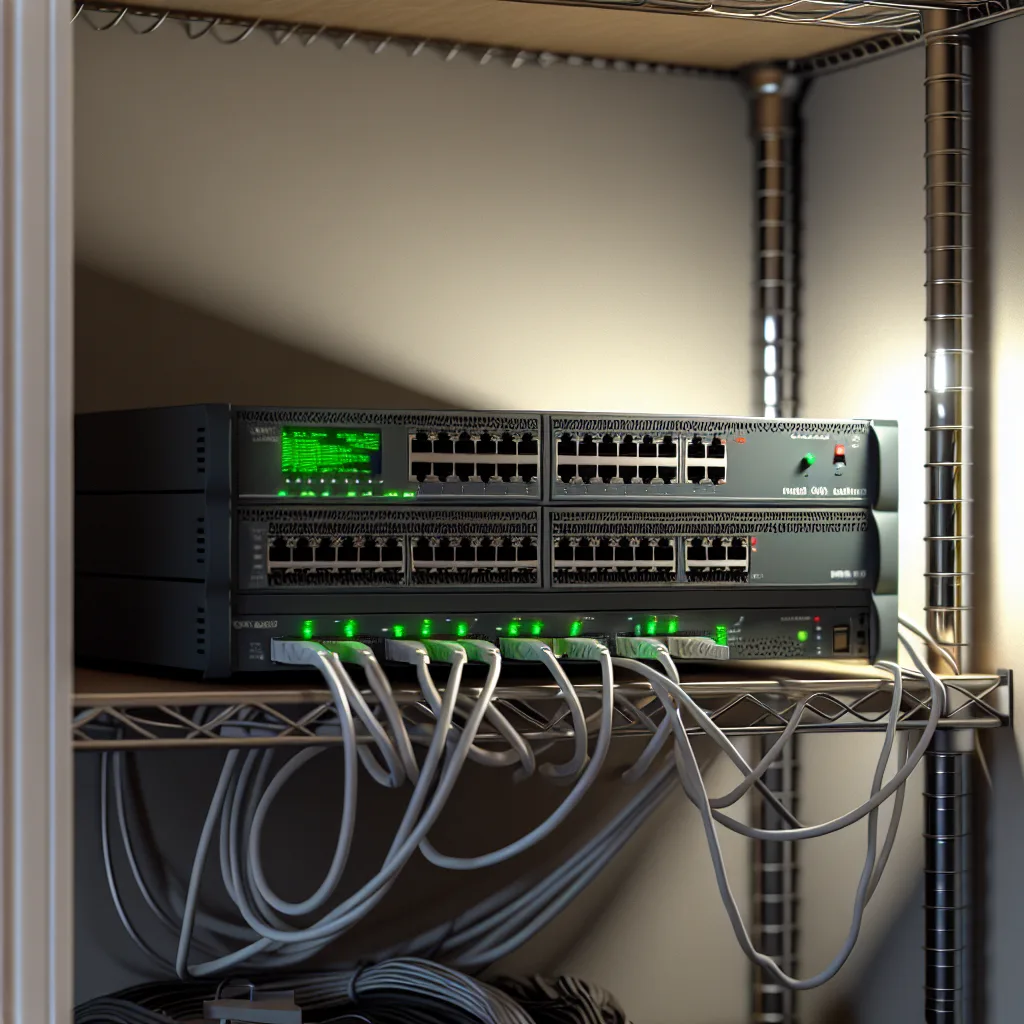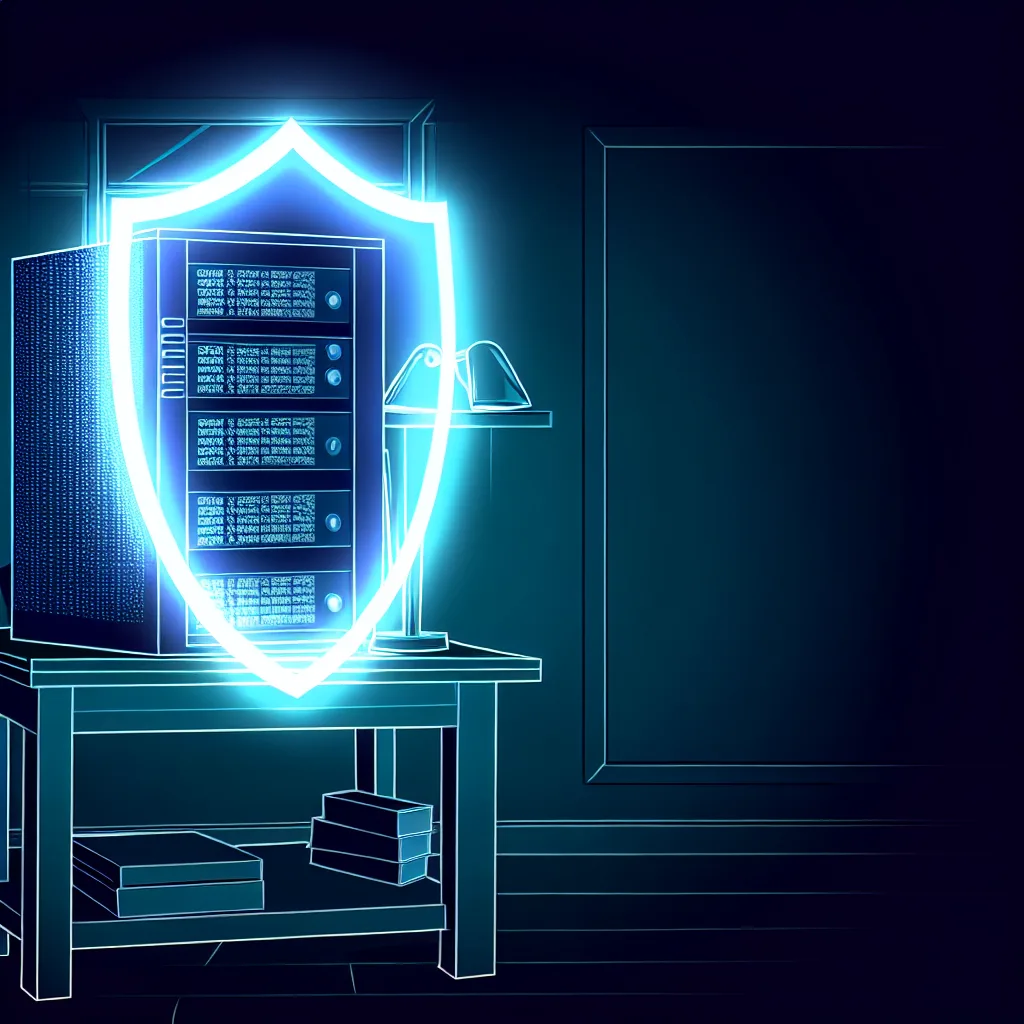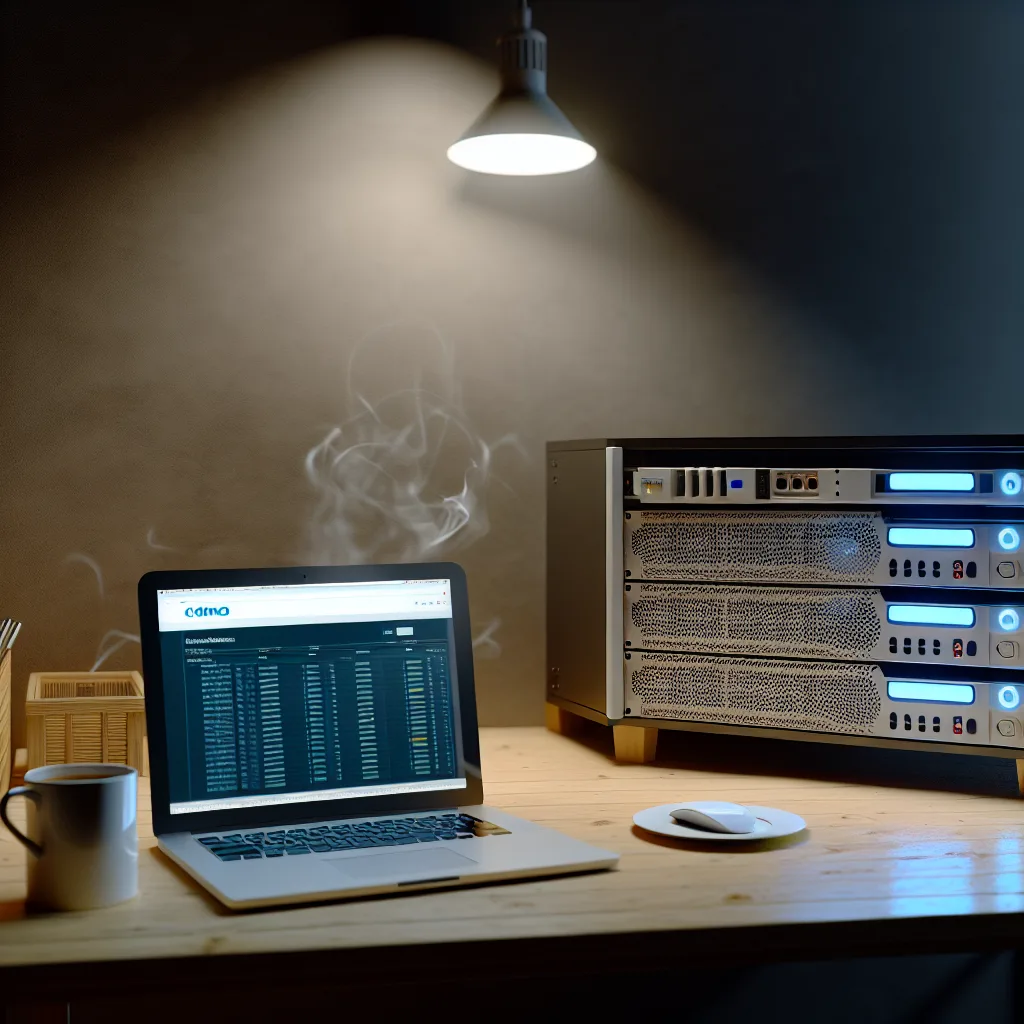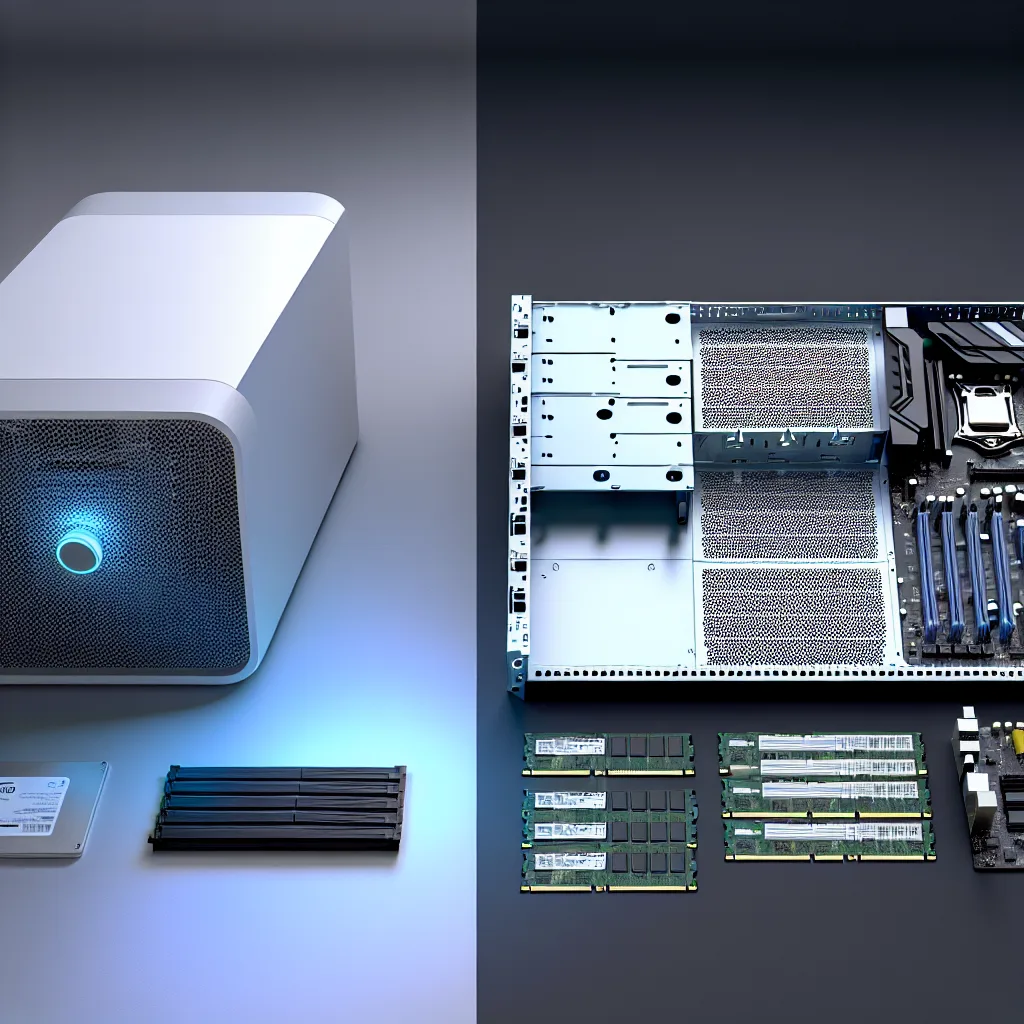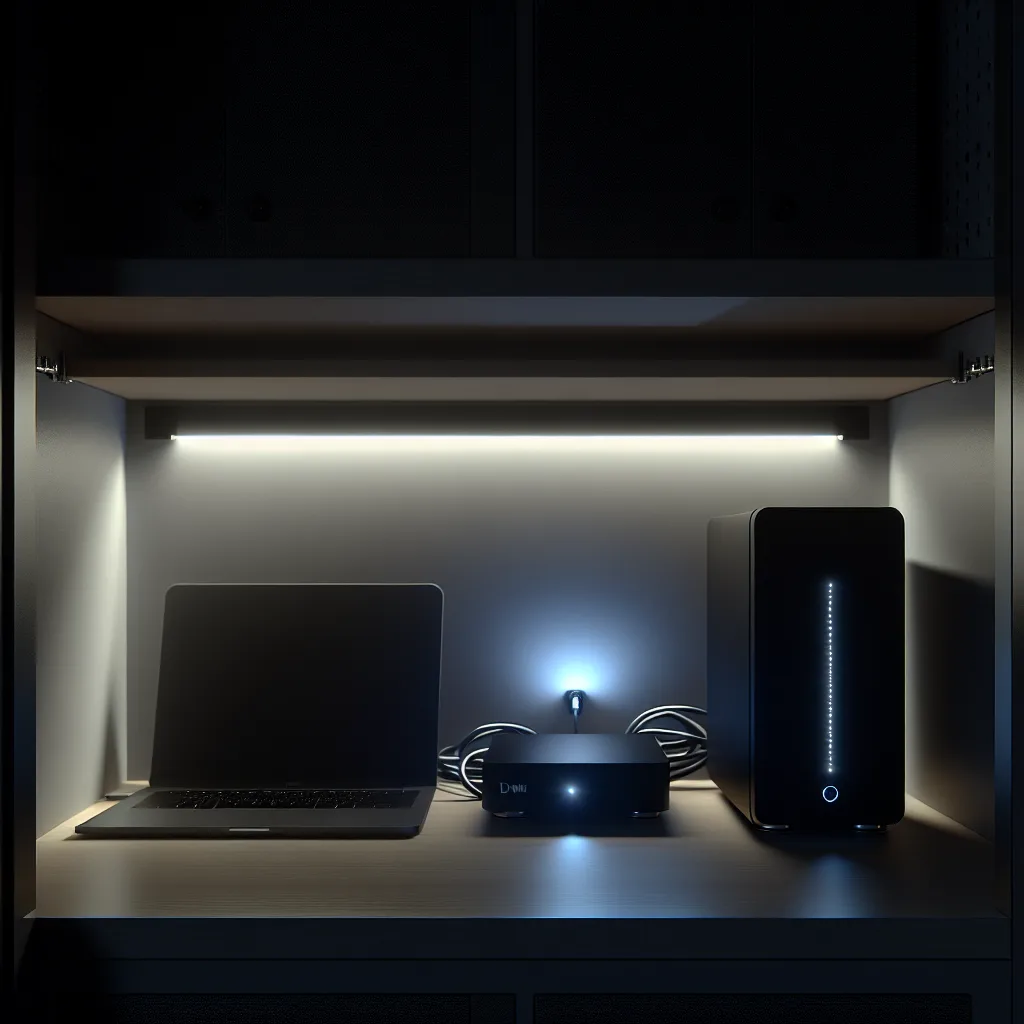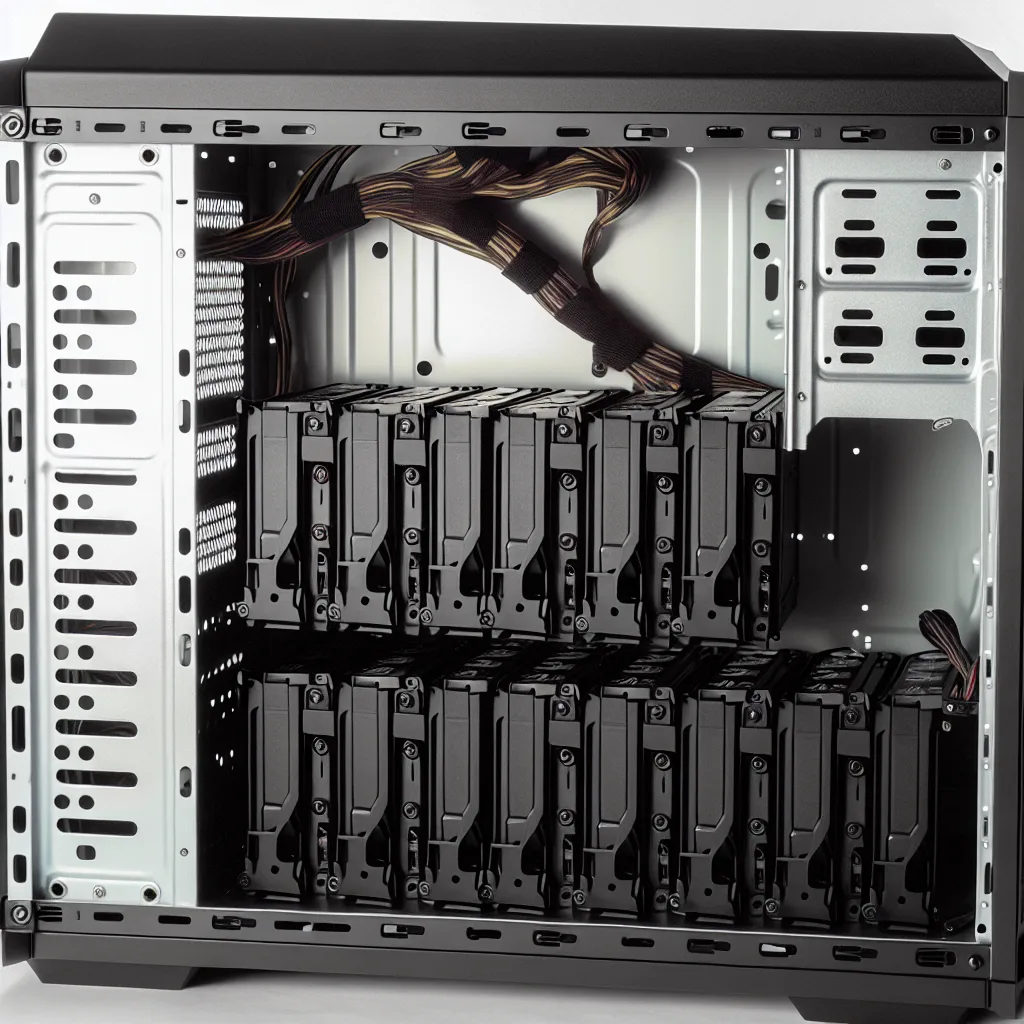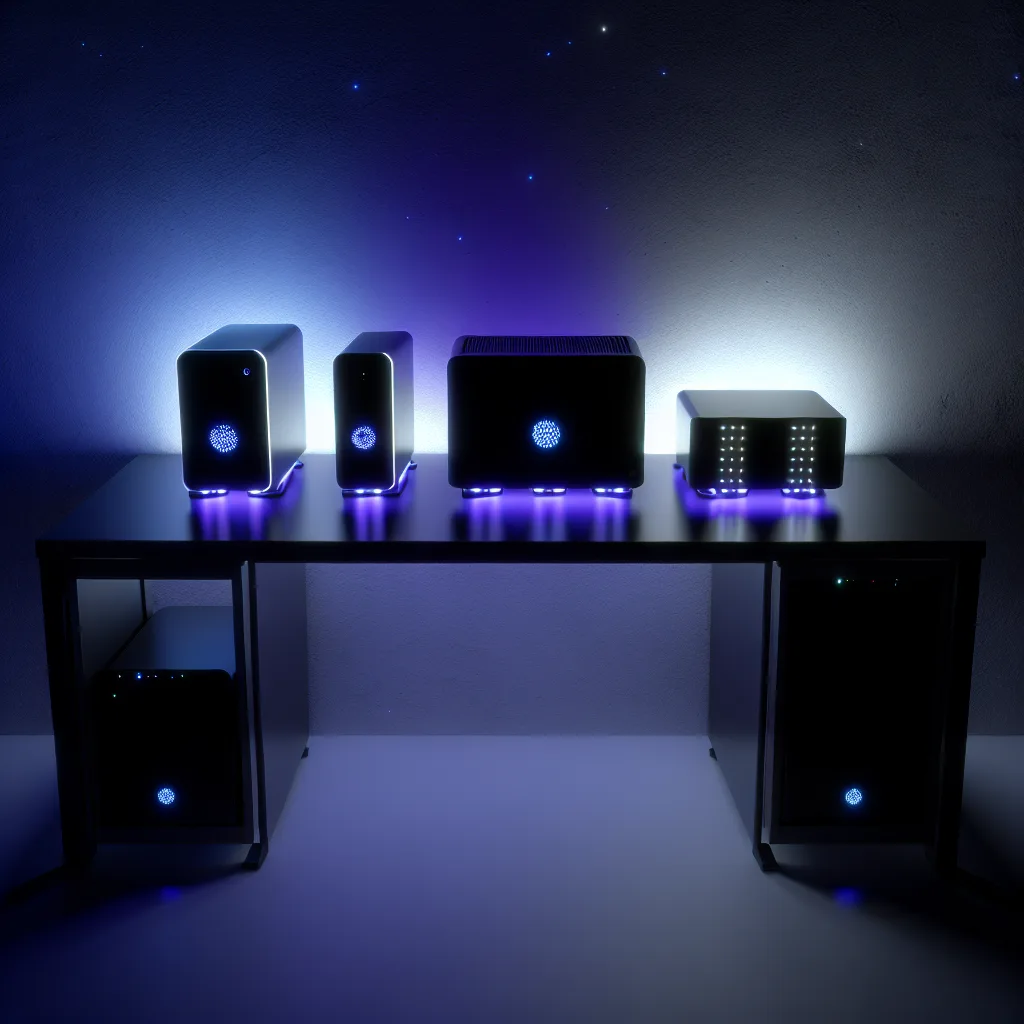Why I chose Ubiquiti, FortiGate, and a Mini PC for my small home lab.
I’ve always been fascinated by the idea of having a home lab. A little digital sandbox to experiment with new software, beef up my network security, and just… tinker. But the image of a full-size server rack humming away in a basement, sucking down electricity, always felt like a bit much for me. I wanted something powerful, but also quiet, efficient, and compact. That’s what led me to my current small home lab setup.
It’s a system built around a few carefully chosen pieces of gear that work together beautifully, without taking over a room. If you’re curious about building a lab that balances performance with practicality, I think you’ll find my journey interesting.
Why I Chose This Small Home Lab Gear
My goal was simple: get as much performance and security as possible into the smallest, most energy-efficient footprint. I didn’t want to just buy the most powerful stuff; I wanted the right stuff. This meant finding hardware that was reliable for 24/7 operation but wouldn’t send my power bill through the roof.
I ended up with a core combination of networking gear from Ubiquiti, a serious firewall from FortiGate, and a surprisingly capable mini PC to run all my services. Each piece plays a critical role.
The Network Core: Ubiquiti UniFi
The foundation of any good lab is the network. It has to be fast, reliable, and easy to manage.
- Ubiquiti Pro Max 16 Switch: This is the central hub for everything wired. It’s a PoE++ switch, meaning it can power devices like security cameras or access points directly over the Ethernet cable, which keeps things tidy. It has plenty of ports for a small setup and gives me the high-speed connections I need for moving large files around.
- Ubiquiti U7 Pro: For wireless, I went with the U7 Pro. It’s a Wi-Fi 7 access point, which might seem like overkill for August 2025, but it’s all about future-proofing. As more devices start supporting the new standard, my network will be ready. It delivers incredibly fast and stable Wi-Fi, which is great for everything from my work laptop to streaming media. You can learn more about the tech on the official Ubiquiti website.
The Security Brains of This Small Home Lab
This is where things get really interesting. Instead of just using the basic router from my internet provider, I opted for a dedicated, enterprise-grade firewall.
- FortiGate 40F: This little box is the security guard for my entire network. It sits between my internet connection and my switch, inspecting all the traffic coming in and out. It lets me create separate, isolated networks (VLANs). For example, my home lab experiments are on a completely different network from my personal computers and smart home devices. So if I accidentally download something sketchy in the lab, it can’t spread to my important stuff. It’s a piece of mind you just don’t get with consumer-grade gear. Fortinet has great resources on their product page if you want to dive deep.
-
GMKtec Mini PC: This is the server. I was tempted to get a big, rack-mounted machine, but these mini PCs are incredible. Mine is tiny, silent, and sips power, yet it has enough processing power to run a hypervisor like Proxmox. On top of that, I can run multiple virtual machines and Docker containers for things like a Pi-hole for ad-blocking, a media server, or testing new code. It’s the heart of the “lab” part of my home lab. There are tons of great brands, but you can see what they’re all about over at the GMKtec site.
How It All Works Together
So, how does it all connect? It’s pretty straightforward.
- The internet comes into the FortiGate 40F firewall.
- The FortiGate plugs into the Ubiquiti Pro Max 16 switch.
- The GMKtec mini PC and the U7 Pro access point both plug into the switch.
This setup gives me a clean, organized, and powerful small home lab. I can experiment freely on the mini PC knowing my main network is protected by the FortiGate. My wireless devices get blazing-fast speeds from the U7 Pro, and the switch handles all the wired traffic without breaking a sweat.
Building a home lab doesn’t mean you need a dedicated room and a huge budget. By choosing smart, efficient components, you can create an incredibly capable setup that fits on a single shelf. It’s the perfect way to learn, explore, and take control of your digital world.
